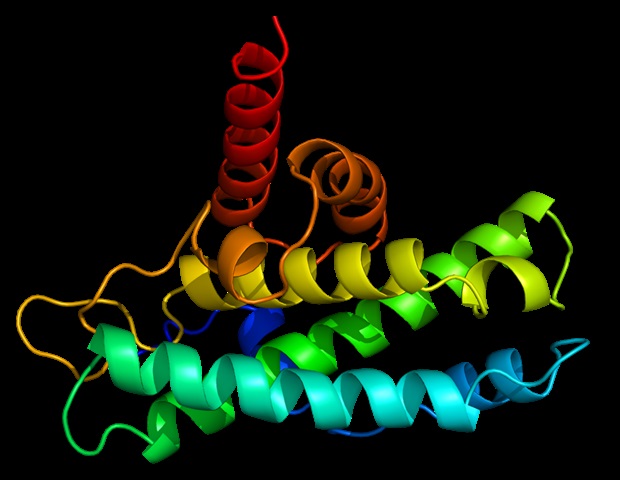Aging is particularly harsh on the hippocampus – the brain region responsible for learning and memory.
Now, researchers at UC San Francisco have identified a protein that’s at the center of this decline.
They looked at how the genes and proteins in the hippocampus changed over time in mice and found just one that differed between old and young animals. It’s called FTL1.
Old mice had more FTL1, as well as fewer connections between brain cells in the hippocampus and diminished cognitive abilities.
When the researchers artificially increased FTL1 levels in young mice, their brains and behavior began to resemble that of old mice.
In experiments in petri dishes, nerve cells engineered to make lots of FTL1 grew simple, one-armed neurites – rather than the branching neurites that normal cells create.
But once the scientists reduced the amount of FTL1 in the hippocampus of the old mice, they regained their youth. They had more connections between nerve cells, and the mice did better on memory tests.
“It is truly a reversal of impairments,” said Saul Villeda, PhD, associate director of the UCSF Bakar Aging Research Institute and senior author of the paper, which appears in Nature Aging on Aug. 19. “It’s much more than merely delaying or preventing symptoms.”
In old mice, FTL1 also slowed down metabolism in the cells of the hippocampus. But treating the cells with a compound that stimulates metabolism prevented these effects.
Villeda is optimistic the work could lead to therapies that block the effects of FTL1 in the brain.
We’re seeing more opportunities to alleviate the worst consequences of old age. It’s a hopeful time to be working on the biology of aging.”
Saul Villeda, PhD, associate director, UCSF Bakar Aging Research Institute and senior author of the paper
Source:
University of California – San Francisco
Journal reference:
Remesal, L., et al. (2025) Targeting iron-associated protein Ftl1 in the brain of old mice improves age-related cognitive impairment. Nature Aging. doi.org/10.1038/s43587-025-00940-z.
